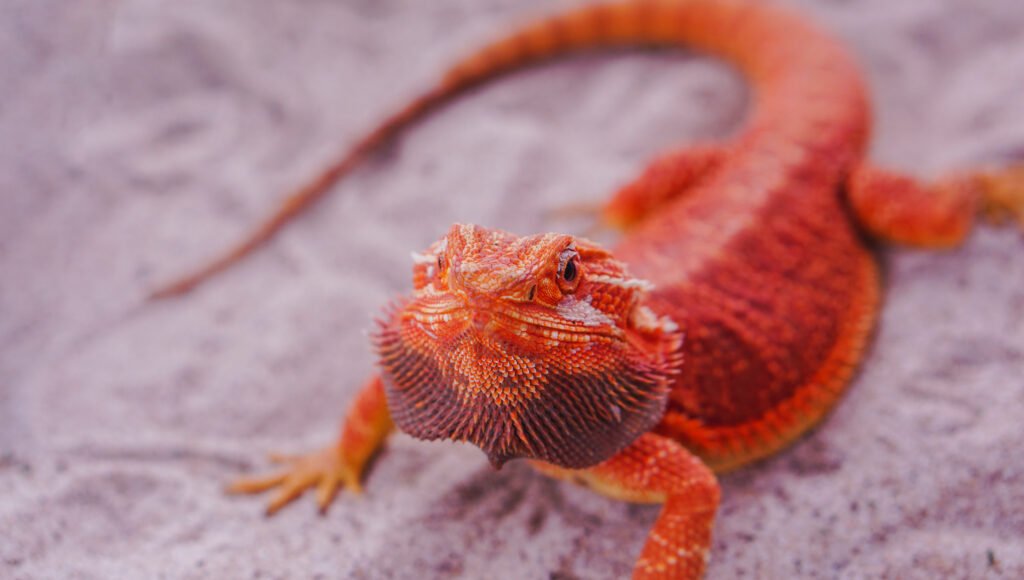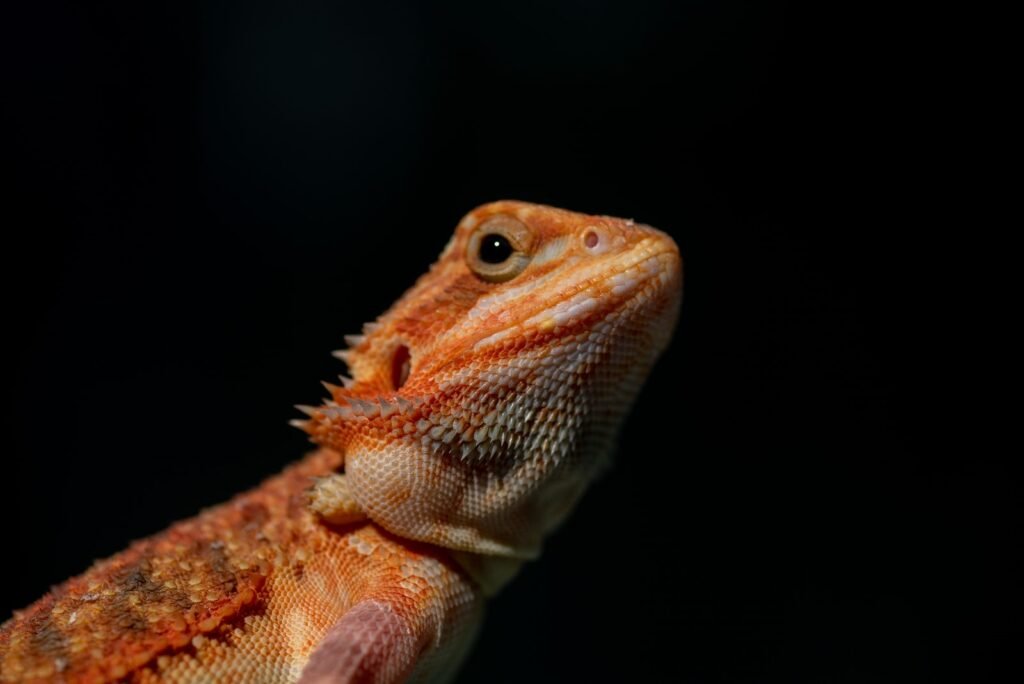Welcome to the definitive guide for bearded dragon habitat setup. This guide will cover everything you need to know to create a comfortable and healthy environment for your scaly companion.
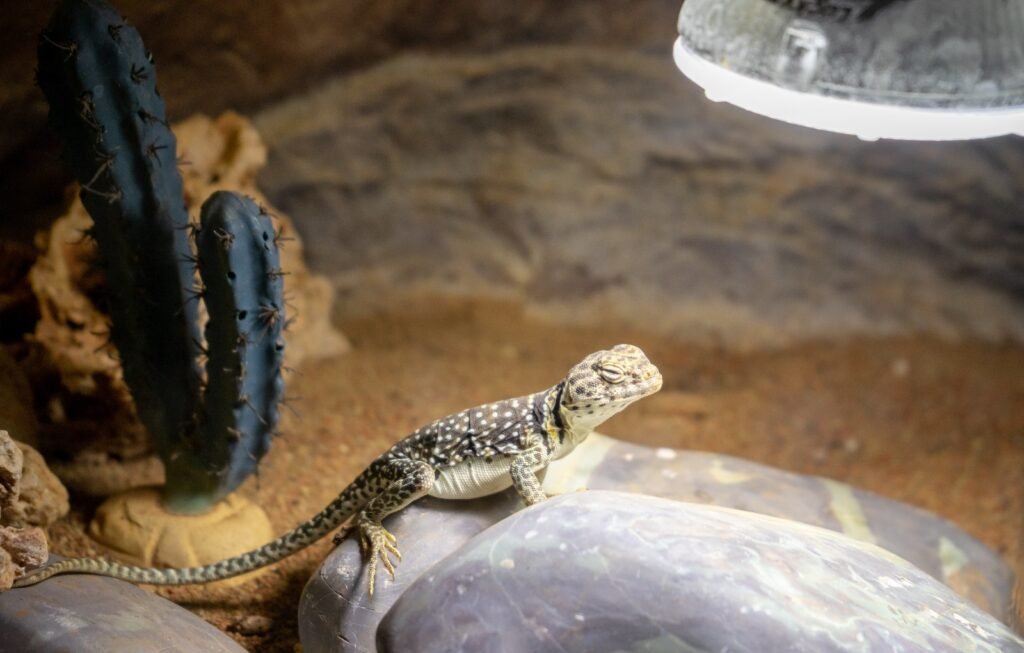
Housing Requirements and Habitat Setup
The enclosure is more than just a space—it’s a crucial aspect of your bearded dragon’s health and happiness!
Choosing the Right Tank
Start with identifying the tank size based on the bearded dragon’s age. Juveniles thrive in a 40-gallon tank, but as they grow, a transition to a 75 or even 120-gallon tank is necessary to accommodate their space needs for physical health and well-being.
Bearded Dragon Tank Ideas
Consider creating a habitat that mirrors their natural environment. Themes like a Desert Oasis or Rocky Retreat can provide not only a visually appealing setup but also functional spaces for your bearded dragon to explore, bask, and hide.
Layout and Design
The layout should include a gradient of temperatures across the tank, areas for basking under heat lamps, cooler zones for rest, and hides for privacy. Positioning accessories and decorations thoughtfully can encourage natural behaviors.
Location and Safety
Placing the tank in a part of your home that’s free from direct sunlight and away from heavy foot traffic minimizes stress for your bearded dragon. Ensuring the tank is on a stable, level surface prevents any accidents.
Accessories
Functional accessories like climbing branches, basking rocks, and non-toxic plants not only enrich the habitat but also support your bearded dragon’s health. Essential equipment includes a UVB light for vitamin D3 synthesis, a basking light for warmth, and a thermometer to monitor the habitat’s temperature.
In crafting this detailed article, integrate your chosen keywords thoughtfully throughout the text to optimize for both SEO and reader engagement, ensuring the content is comprehensive, well-organized, and valuable to bearded dragon enthusiasts seeking to create the ideal habitat for their pet.
Substrate Options for Bearded Dragons
Substrate plays a crucial role in the well-being of bearded dragons, and there are several types to consider, each with its own set of advantages and precautions.
Solid Substrates
- Tiles (Ceramic, Slate, Linoleum): Tiles are favored for their ease of cleaning, durability, and safety. They don’t pose an impaction risk and help maintain claw health.
- Reptile Carpets: These provide a uniform surface that’s easy to clean. However, they can harbor bacteria if not cleaned regularly and thoroughly.
- Newspapers and Paper Towels: Inexpensive and easily replaceable, these options offer a simple and clean solution. They lack the natural aesthetic but are practical, especially for juvenile dragons.
Loose Substrates
- Excavator Clay: Offers enrichment by allowing dragons to dig and burrow, mimicking their natural behavior. It’s stable and won’t collapse, reducing risk, but still requires careful monitoring to prevent ingestion.
- Bioactive Mixes: These substrates create a living ecosystem within the tank and are excellent for experienced keepers who can manage the complexity.
What to Avoid
- Sand (Including Calcium and Play Sand): Sand has a high impaction risk and can be difficult to clean. It may also lead to digestive complications if ingested by your dragon.
- Walnut Shells and Corn Cob: These can be ingested and cause impaction or internal injuries. They’re also dusty, which can irritate a bearded dragon’s respiratory system.
Maintenance Tips
- Regular spot-cleaning is recommended for all substrates to maintain hygiene and monitor health through fecal checks.
- For solid substrates like tiles and reptile carpets, deep cleaning or replacing them bi-weekly or monthly is essential for preventing bacterial growth.
- Loose substrates require careful spot-cleaning and full replacement periodically to ensure cleanliness.
When selecting a substrate, always consider the individual needs of your bearded dragon and prioritize their safety and your ability to maintain a clean environment. Aesthetic considerations come secondary to health and hygiene concerns.
Remember to tailor the choice to the age and behavior of your bearded dragon, keeping in mind that younger dragons might have different needs and risks compared to adults. No matter the choice, maintaining proper hygiene and regular observation for any signs of discomfort or health issues is paramount.
Temperature and lighting needs
Creating an ideal habitat for your bearded dragon is crucial for its well-being. Their habitat’s temperature and lighting are key components of their health.
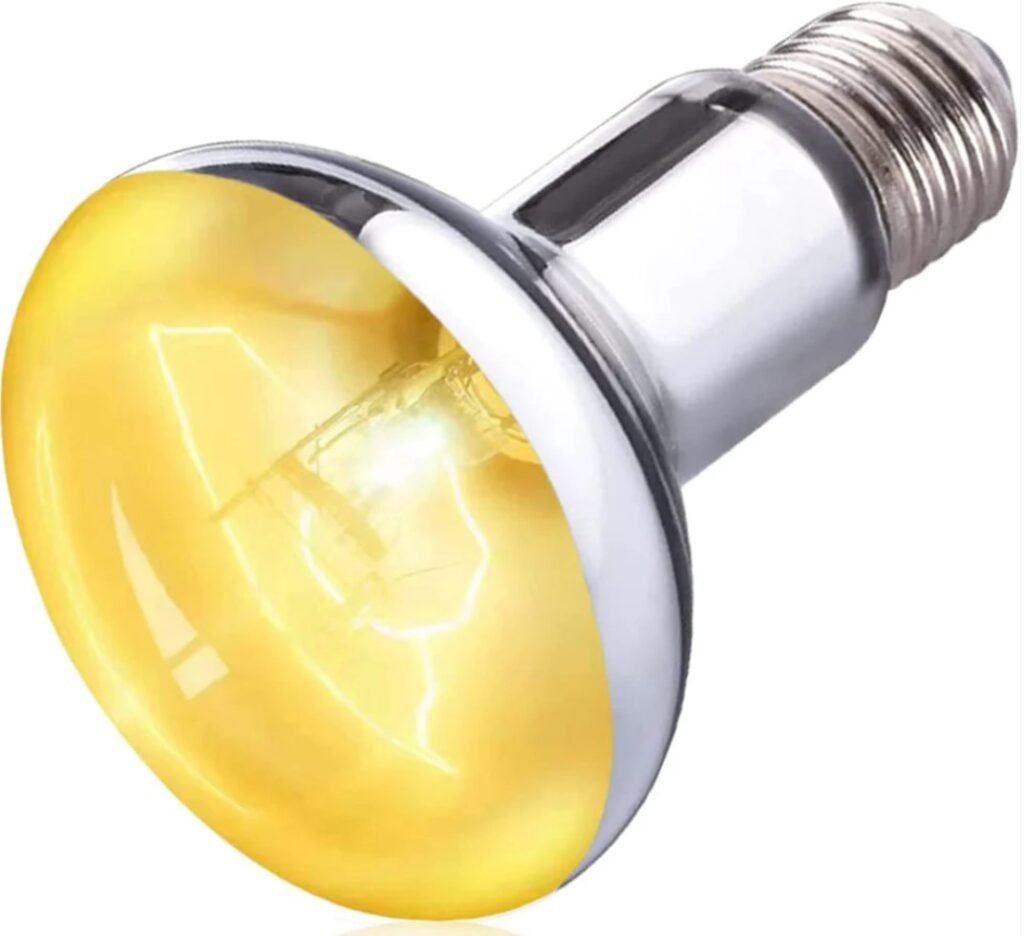
Temperature Needs
Bearded dragons require a gradient of heat within their enclosure, with a basking area between 95-110°F, a mid-range in the tank’s middle around 72-99°F, and a cool side between 75-85°F. Juveniles benefit from slightly higher temperatures, which aid their growth. Nighttime temperatures can drop to 65-75°F but should not go below 65°F to avoid health issues such as slowed metabolism and digestion problems. Ceramic heat emitters or under-tank heaters can be used to maintain appropriate temperatures during the night without emitting light.
Lighting Requirements
Your bearded dragon will need a combination of UVA/UVB lighting to simulate the natural sunlight they would receive in the wild. UVB light is essential as it helps bearded dragons produce vitamin D3, which is crucial for calcium absorption. Lighting fixtures should be placed to cover 65-80% of the enclosure, providing ample opportunity for your dragon to bask and stay active. It’s recommended to replace UV lights every 6 to 12 months as their effectiveness diminishes over time, even if they appear normal to our eyes.
When setting up lights, create a “cool zone” where there is no direct light to allow your bearded dragon to regulate its body temperature effectively. The basking spot should be equipped with a heat lamp to maintain the correct temperature and should be placed alongside the UVB light. To monitor the temperature accurately, invest in reliable thermometers, preferably digital or infrared, as they offer precision.
Monitoring and Adjusting
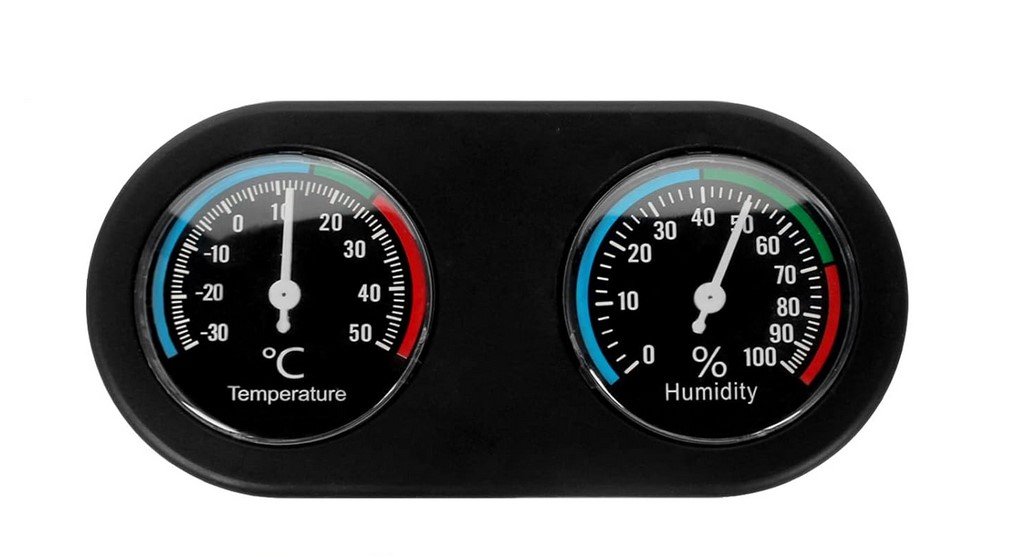
Regular checks are necessary to ensure the habitat’s temperature and lighting remain optimal. This includes adjusting heat sources, checking the UV light’s effectiveness, and replacing bulbs as needed. Monitoring your bearded dragon’s behavior will also give you clues about their comfort with the temperature settings, such as if they’re constantly basking or avoiding the heat source, which might indicate the need for adjustments.
The goal is to replicate the natural environment of the bearded dragon as closely as possible to promote their health, activity levels, and overall happiness. By following these guidelines and regularly checking the setup, you’ll create a habitat where your bearded dragon can thrive.
Handling and taming tips
Handling and taming your bearded dragon is an essential aspect of pet ownership that enhances your bond and ensures that your scaly friend is comfortable and stress-free in its interactions with you. Here’s a comprehensive guide with tips gathered from various expert sources:
Introduction to Handling
It’s crucial to let your bearded dragon settle into its new home before you begin regular handling. Give them a week or two to acclimate to reduce stress and establish trust.
Building Trust
Start by spending time near your dragon’s enclosure to get them accustomed to your presence. Offer treats from your hand to associate your presence with positive experiences, and always approach from a level that’s less threatening to them. Consistent, gentle interaction is key to building a relationship with your pet.
Handling Techniques
When your bearded dragon seems ready, begin by supporting all their feet when lifting to make them feel secure. Use slow, deliberate movements to avoid startling them, and gently pet them to reinforce trust. Never pick up a bearded dragon by the tail, as this can cause them discomfort or injury.
Recognizing and Managing Stress
Pay close attention to signs of stress, such as darkening of the beard, glass surfing, or hiding. If you notice these behaviors, give your dragon some space to relax. Stress can impact their health and the taming process significantly.
Socialization
Socialize your bearded dragon by introducing them to new people or pets in controlled situations. Use positive reinforcement, like treats or praise, to encourage calm and friendly behavior during these interactions.
Handling Schedule
Handle your dragon in brief sessions multiple times a day rather than long, infrequent ones. This frequent, gentle handling helps them learn you’re not a threat and strengthens your bond. It’s also important not to handle them too soon after eating, as they need time to digest.
Celebrating Progress
Acknowledge small victories in the taming process, like willingly climbing onto your hand or showing a relaxed demeanor. This positive reinforcement will encourage good behavior and build a lasting bond.
Remember, patience and consistency are the most important aspects of taming and handling your bearded dragon. Each dragon has a unique personality, and their comfort with handling will vary, so it’s essential to progress at a pace that’s comfortable for your pet.
Think you can handle it ? Choose the right Bearded Dragon for you!

